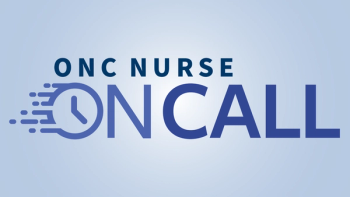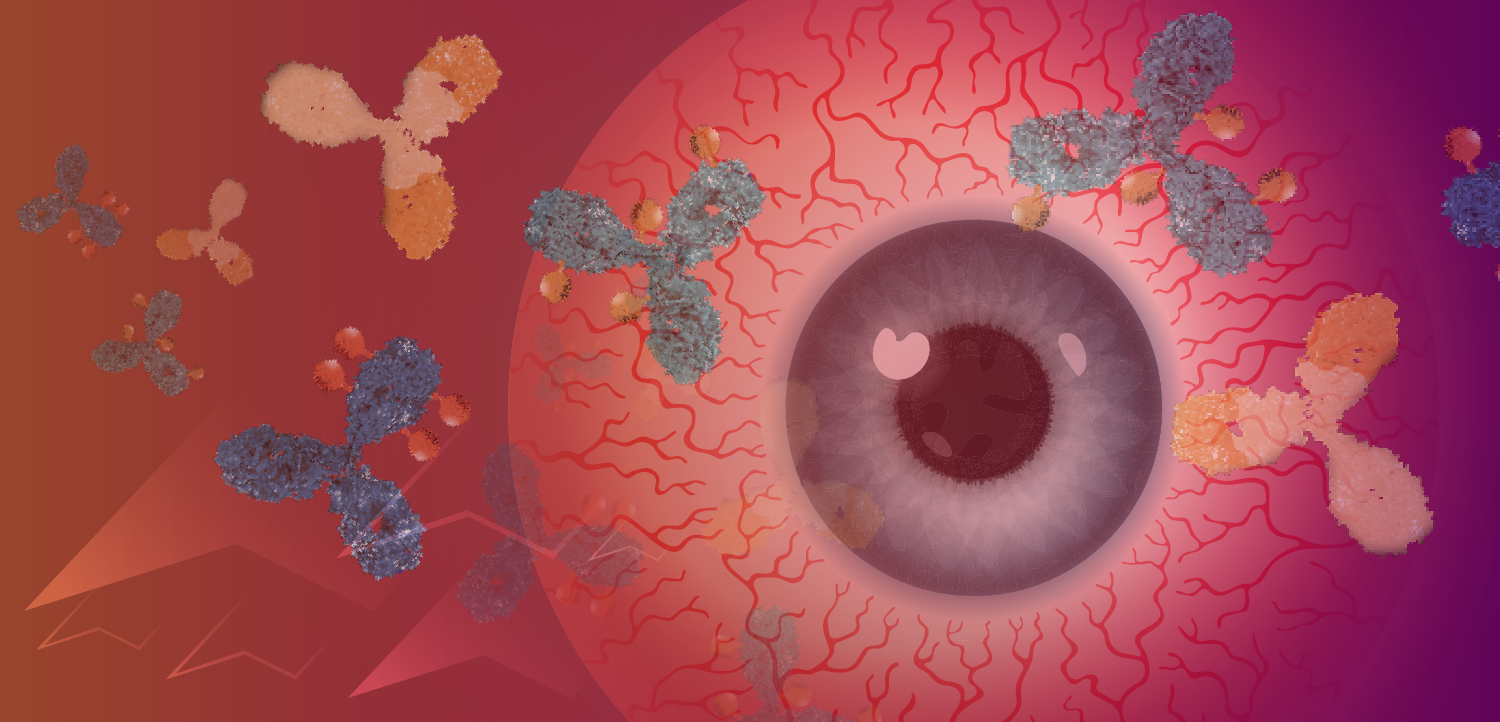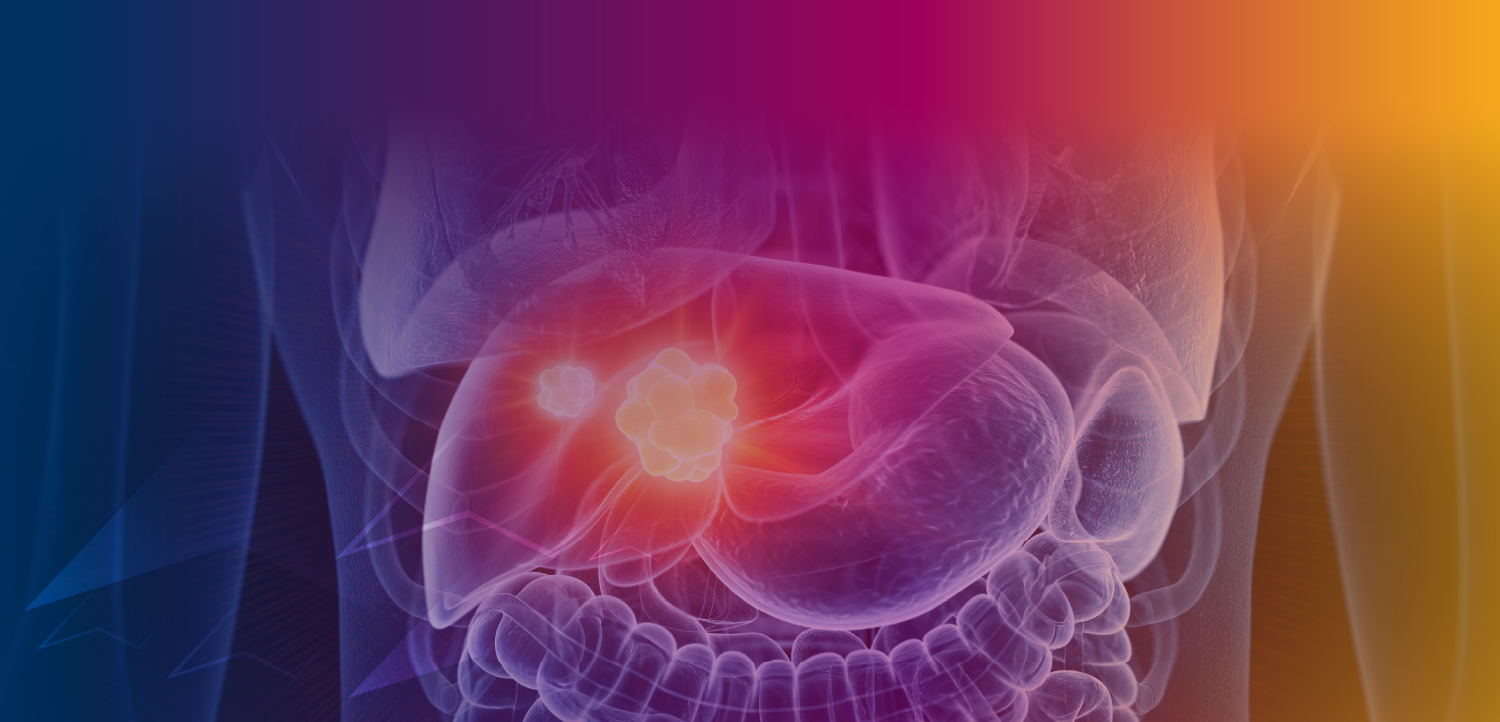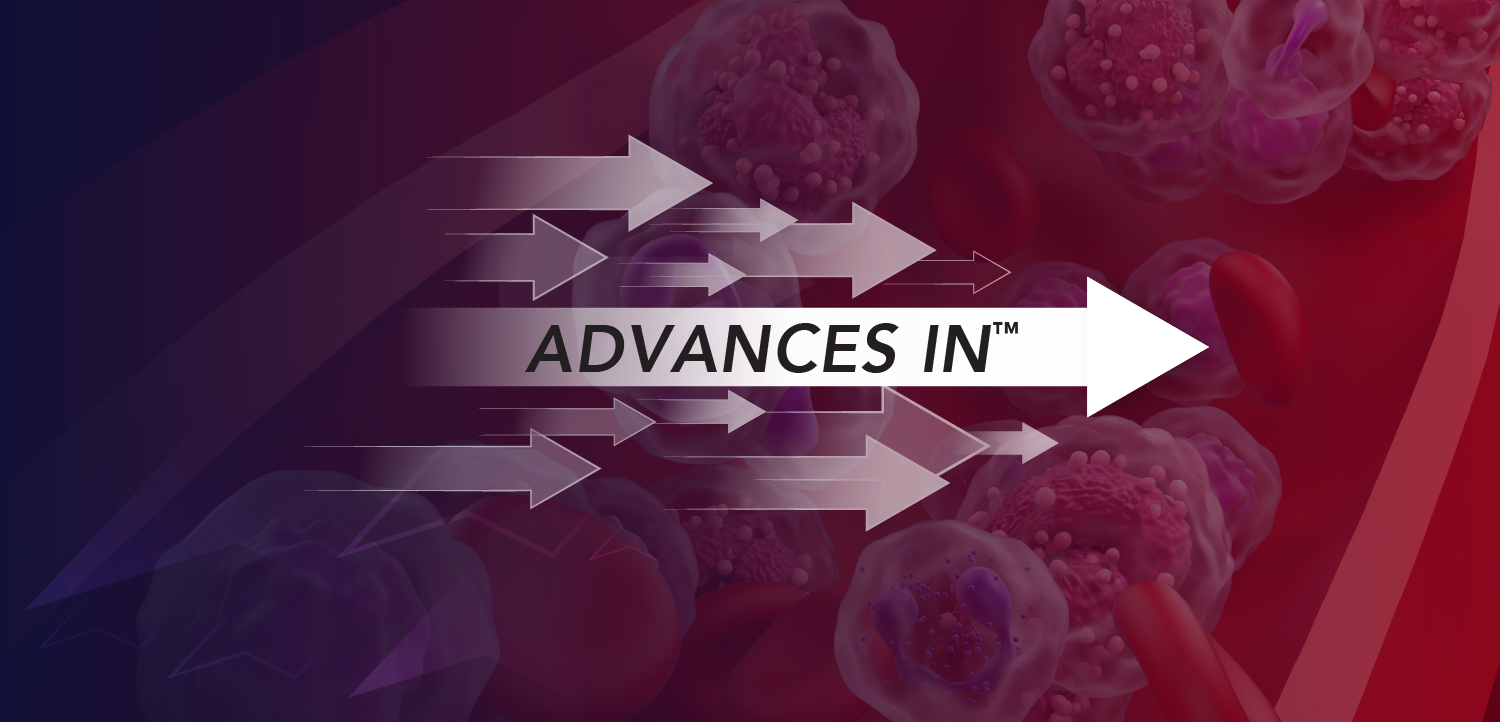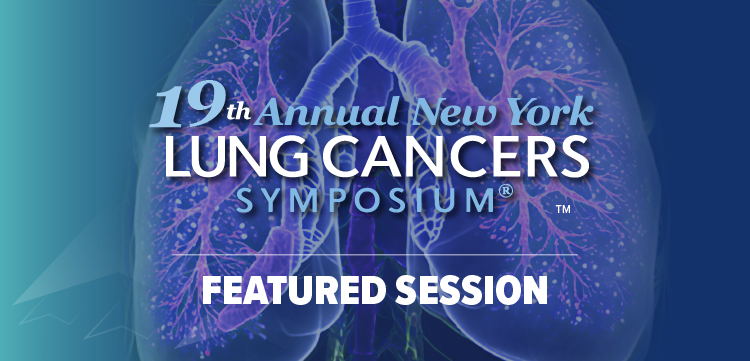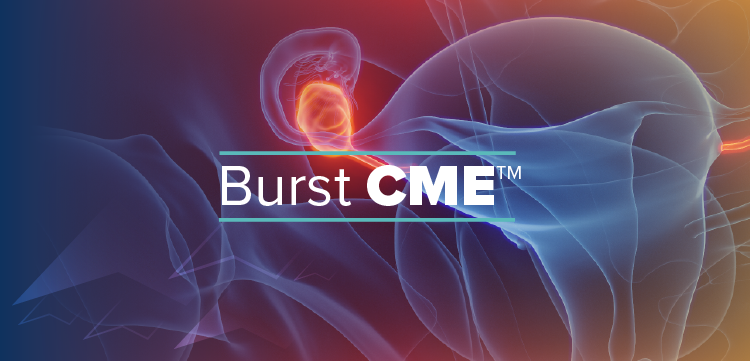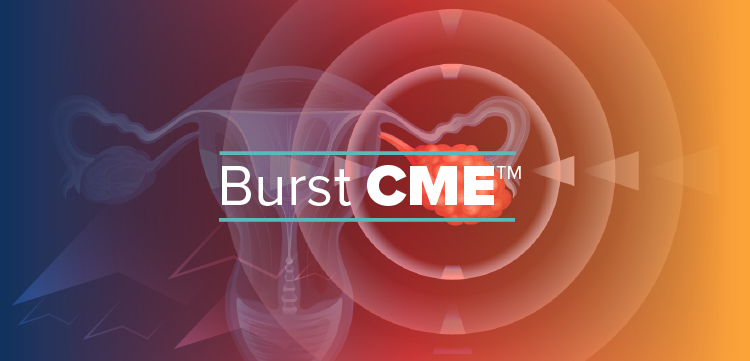
Aprepitant Prevents Pediatric CINV Across All Treatment Phases
Adding the NK-1 receptor antagonist aprepitant to standard prophylaxis for chemotherapy-induced nausea and vomiting (CINV) yielded significant benefits for the prevention of CINV in children
Adding the NK-1 receptor antagonist aprepitant to standard prophylaxis for chemotherapy-induced nausea and vomiting (CINV) yielded significant benefits for the prevention of CINV in children, according to findings from a large study of the agent in this population, and benefits occurred across all phases of treatment.
When coadministered with a 5-HT3 antagonist and corticosteroid, aprepitant has been shown to reduce both acute and delayed CINV in adults; however, data on effective prophylaxis for CINV in children are sparse. The goal of the current study was to evaluate the use of aprepitant in the pediatric setting, explained the study’s lead author Hyoung Jin Kang, MD, PhD.
Kang, who is with the Department of Pediatrics and Cancer Research Institute of the Seoul National University College of Medicine, presented the findings of this global, phase III, randomized, double-blind, active-comparator study (NCT01362530) at the 2014 MASCC/ISOO Symposium on Supportive Care in Cancer.
The trial enrolled patients aged 6 months to 17 years who were receiving moderate-, high-, or very high—risk emetogenic chemotherapy (EC); eligible participants were also required to be scheduled to receive ondansetron as part of an antiemetic regimen. Patient demographics were balanced between the treatment arms, and most patients (>65%) were receiving very high–risk EC.
A sample size of 300 patients was needed to achieve 80% statistical power in order to demonstrate superiority. Patients were randomized to receive the aprepitant + odansetron regimen (n = 152) or a control regimen of placebo plus ondansetron (n = 150). Notably, Kang explained, aprepitant dosing was based on age; for patients aged 12 to 17 years, aprepitant capsules were used for dosing, whereas those aged 6 months to 12 years received aprepitant powder for suspension.
IV dexamethasone could be added to either regimen (aprepitant or control) at the discretion of the investigator, and when given, dexamethasone doses in the aprepitant arms were reduced by 50% in a blinded fashion.
The primary objective of the study was to compare the efficacy of the aprepitant versus the control regimen in achieving a complete response ([CR] defined in the study as no vomiting, retching, or use of rescue medication) during the delayed phase of cycle 1 (25-120 hours after chemotherapy initiation). Secondary endpoints included CR during the acute (0—24 hours) and overall (0-120 hours) phases, and no vomiting overall.
The results for the primary endpoint showed that the aprepitant arm was significantly superior to the control arm for CR (50.7% vs 26%, respectively; P <.0001). In addition, secondary endpoints of CR during the acute phase for aprepitant versus controls (66.4% vs 52%, respectively; P = .0135); CR for the overall phase (40.1% vs 20%; P = .0002), and no vomiting overall (46.7% vs 21.3%; P < .0001) all showed statistically significant superiority for the aprepitant arm.
One or more adverse events (AEs) were experienced by 78.9% and 77.3% of patients in the respective arms, with AEs consistent with those seen in patients receiving chemotherapy.
The researchers concluded that the 3-day aprepitant regimen was generally well tolerated in the pediatric population studied, and that the addition of aprepitant to ondansetron and dexamethasone in pediatric patients receiving moderately, highly, or very highly EC enabled more patients to achieve a CR in all phases—acute, delayed, and overall—with no vomiting, retching, or use of rescue medication.
Reference
Kang H, Loftus S, Taylor A, et al. Aprepitant for preventing chemotherapy-induced nausea and vomiting (CINV) in children. Presented at: MASCC/ISOO International Symposium on Supportive Care in Cancer; June 26-28, 2014; Miami, Florida. Abstract 0286.



